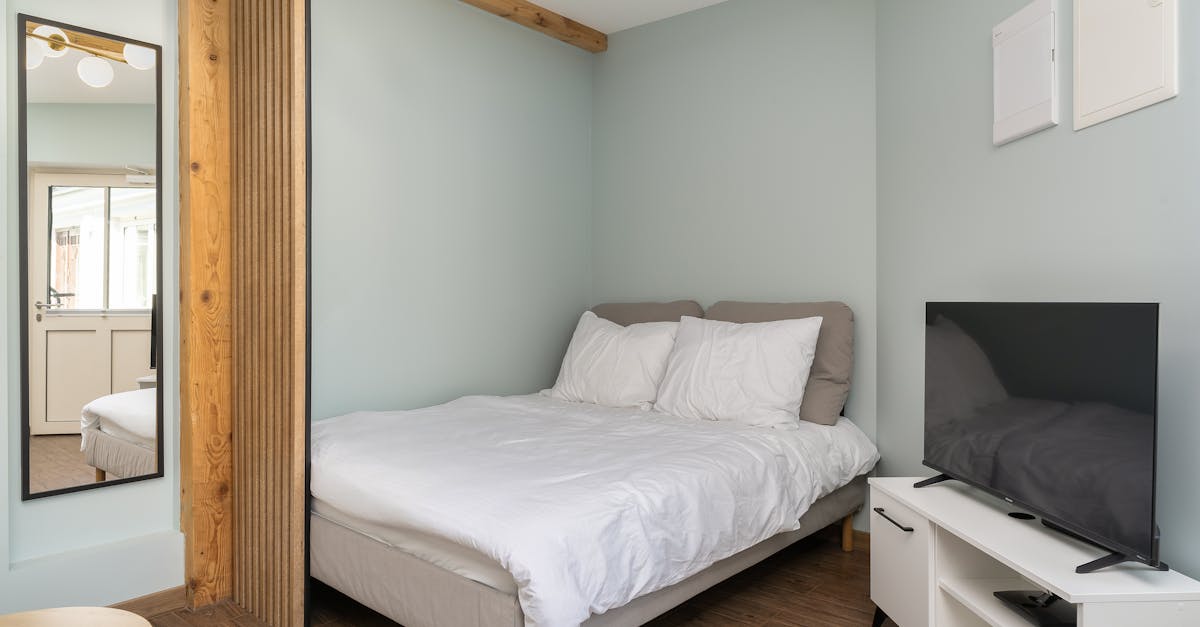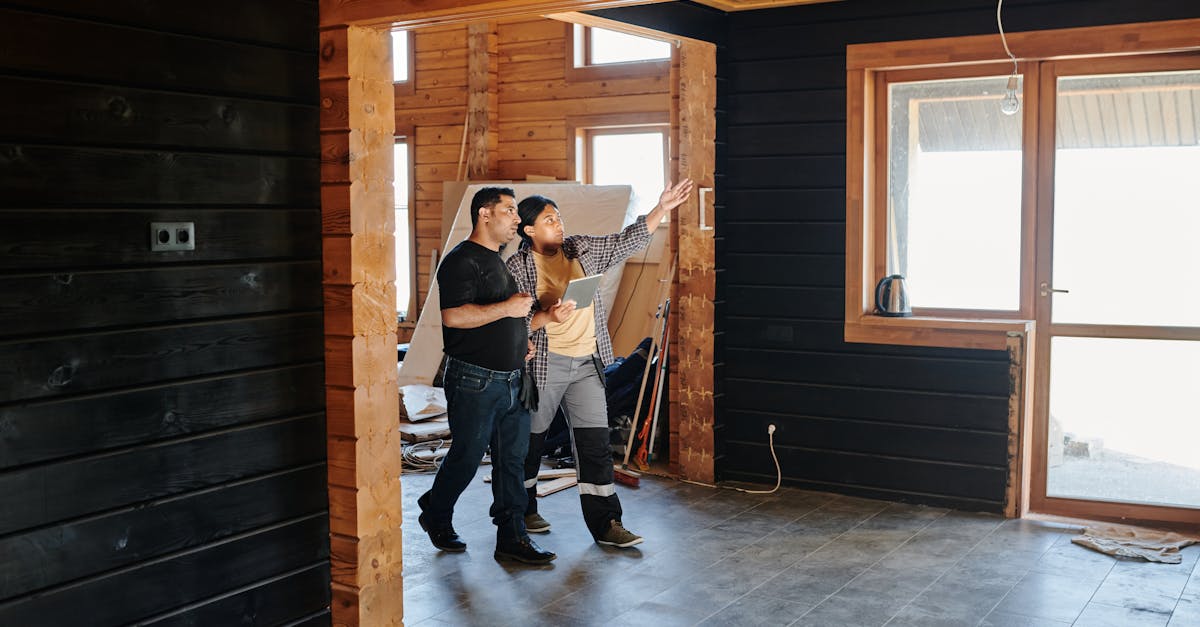Restoring Outdoor Furniture for Longevity
Introduction
Outdoor furniture serves as an extension of your living space, providing comfort and style in the great outdoors. However, exposure to various elements can wear them down over time. Through proper care and restoration techniques, you can extend the life of your outdoor furniture significantly.
Advertisement
Initial Inspection
Before diving into restoration, perform a thorough inspection of your furniture. Check for any signs of damage, such as cracks, rust, or missing pieces. Identifying these issues early can guide you in choosing the best restoration methods. Prioritizing repairs will ensure your furniture remains both functional and aesthetically pleasing.
Advertisement
Thorough Cleaning
Begin the restoration process with thorough cleaning. Dust, dirt, and grime can accumulate over time, diminishing your furniture's appearance. Use warm, soapy water and a soft brush for wooden or plastic furniture, while a mixture of vinegar and water works well for metal surfaces. Rinse and let dry completely before proceeding.
Advertisement
Sanding and Smoothing
For wooden pieces, sanding is a crucial step to restore their original splendor. Use fine-grit sandpaper to remove the old finish, focusing on areas of flaking or roughness. Sanding not only improves aesthetics but also allows you to apply a new finish more effectively, providing a fresh layer of protection.
Advertisement
Choosing the Right Finish
Select a finish that suits the material of your furniture. For wood, consider a weatherproof sealant or stain that offers both longevity and UV protection. Metal furniture benefits from rust-resistant primers and paint, while most plastic furniture gains from a high-quality exterior paint to revitalize faded surfaces.
Advertisement
Repair and Replacement
Address any structural weaknesses by repairing or replacing broken components. For wooden furniture, glue and clamps might suffice for minor repairs, whereas larger issues may need new parts. Metal furniture often requires welding or replacement of parts with rust. Secure all elements effectively to ensure durability.
Advertisement
Consider Cushions and Fabrics
Outdoor cushions and fabrics add comfort but wear quickly under the sun and rain. While restoration focuses on the furniture frame, consider investing in weather-resistant fabric covers. If existing materials are beyond repair, shop for new cushions to give your seating a fresh look.
Advertisement
Effective Storage Solutions
Prolong your furniture's life by implementing effective storage solutions. During harsh weather conditions, store your furniture in a dry, sheltered place. Stackable designs and foldable chairs make storage easier. Using furniture covers while not in use protects against UV damage, rain, and dust.
Advertisement
Regular Maintenance Tips
After restoration, establish a regular maintenance routine. Every season, clean your furniture thoroughly and inspect for any signs of damage. Minor touch-ups with paint or sealant can prevent more extensive future repairs. Regular maintenance not only preserves appearance but also catches issues before they escalate.
Advertisement
Conclusion
In conclusion, restoring outdoor furniture can effectively extend its lifespan while reinvigorating your outdoor spaces. By following a detailed restoration plan, you ensure your furniture remains a vibrant part of your home. With simple maintenance and care, you can make your outdoor furniture not only last longer but stay stylish year after year.
Advertisement


